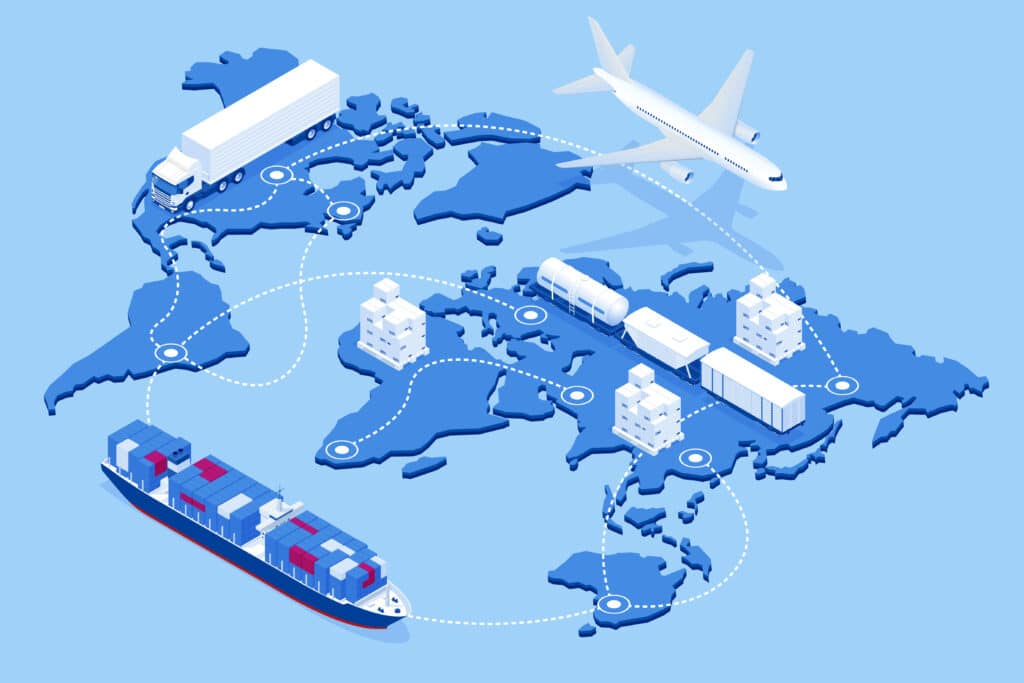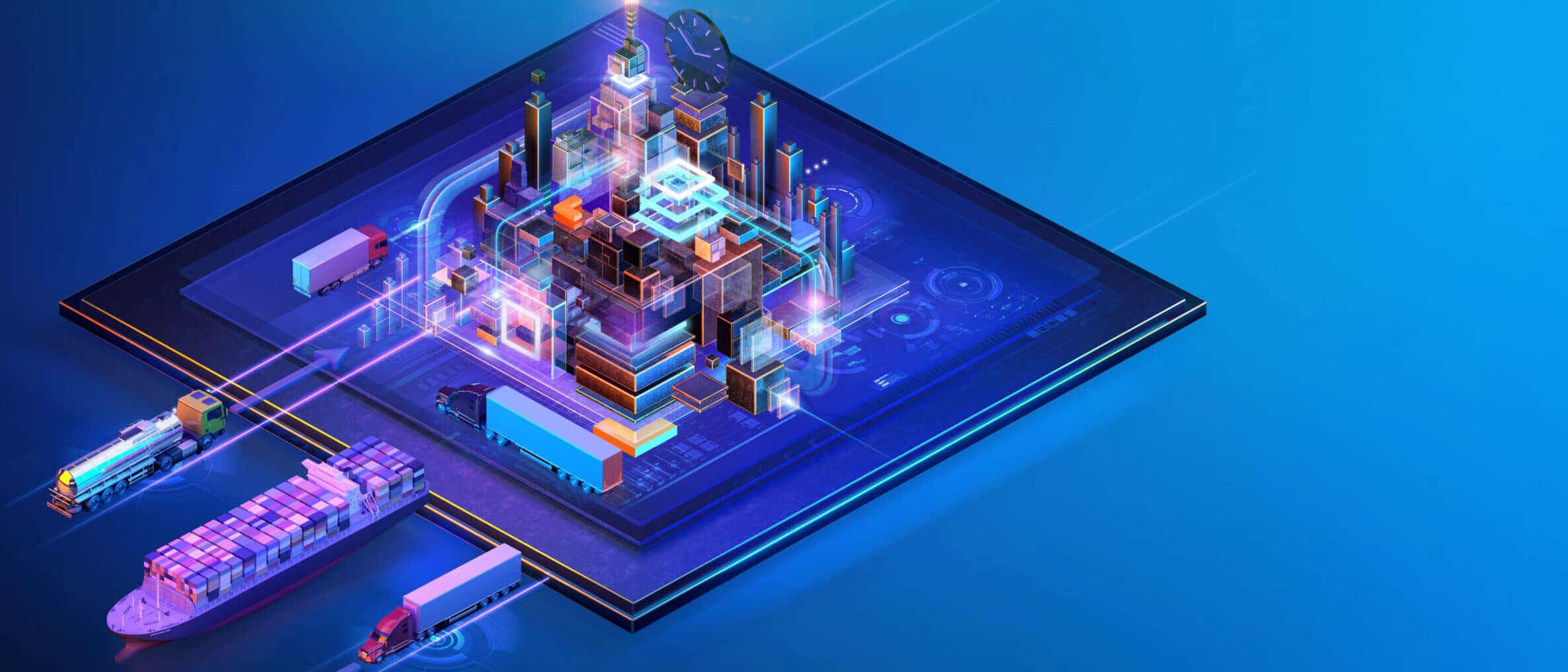Introduction
Logisticians are continually seeking to adopt digital platforms that can locate assets along their supply chains and provide insightful data and metrics, such as expected time of arrival, disruption reports, etc. This can be achieved with a Supply Chain Control Tower (SCCT). A SCCT is a stand-alone solution to achieve end-to-end visibility of supply chains and to offer predictive analyses that can aid in decision-making. It is the torch-bearer that creates the ultimate digital twin of the end-to-end supply chain, including its challenges and complexities. Furthermore, it entails the smooth and cohesive union of technologies, processes, and skilled workers to handle a supply chain. However, executing a SCCT comes with inherent complexities, but these complexities can be reduced or eliminated entirely.
A SCCT collects real-time location data of assets and highlights the current status of orders, supply, inventory, and manufacturing – coupled with demand. Additionally, analytical systems can be integrated that identify why disruptions are occurring, or where delays are likely to occur.

The concept of a supply chain control tower was devised because supply chain management systems were not designed to visualize tracking and tracing of materials beyond their warehouses or operational areas. With limited operating supply chains, the risk into extended supply chain increased. SCCT claims end-to-end visibility to address this problem. But is this a true statement? If yes, at what extent and at what complexity & cost?
Challenges
- For end-to-end visibility, all stakeholders in a supply chain must either use the same tracking system, or generate the same payload of location data, so that all data can be collected and analyzed in a single platform.
- Almost every supplier, sub-supplier, and OEM are using their own proprietary tracking / RTLS. It is too costly and complex to motivate all of them to use “one” RTLS.
- If an organization decides to go with an existing RTLS their partners have, it is costly to design numerous middleware applications or connectors that can “talk” to various RTLS to get location data out of them.
- Creating multiple, custom middlewares is project-specific and can therefore not be easily replicated and scaled up for other projects.
- With high initial costs, the visibility is only achieved for those who adopt A SCCT, including internal departments and immediate trading partners.
How omlox™ & the DeepHub® Tackle these Challenges
omlox is the world’s first open locating standard that enables interoperability in indoor and outdoor environments. It leverages locating technologies, such as UWB, RFID, GPS, BLE, SLAM and mobile broadband. The focus of omlox is to define open interfaces for an interoperable localization system. Furthermore, omlox enables various industries to use a single infrastructure with different applications from different providers.
Our DeepHub is the premier reference implementation of the omlox hub. It is a middleware that allows for the management and integration of all locating technologies, streamlining all use case scenarios. Supply chain systems used by suppliers, sub-suppliers and OEMs are able to send their location data to the DeepHub irrespective of the locating technology and the RTLS vendor being used to track assets. This is possible because the omlox API and location data payload has been standardized based on various use cases and business scenario requirements. The DeepHub ensures interoperability and flexibility among proprietary RTLS.
With a single middleware, a SCCT can integrate existing RTLS to be used for indoor, outdoor, proximity-sensing, distance calculation, RSSI-based location mapping, or any cellular technology. Common use case scenarios include: managing inventory with RFID or barcodes, tracking workers with BLE, handling AGVs, AMRs, and drones with UWB, or tracking transport trucks with GPS. Solutions for all of these scenarios could integrate with, and send their location data to, the DeepHub through the standardized DeepHub API. This incentivizes suppliers and partners to adopt new RTLS or to invest resources on the development of connectors.

The Solution
Through omlox and the DeepHub:
- End-to-end supply chain visibility can be achieved with a SCCT, regardless of whether all stakeholders are using the same RTLS.
- All proprietary RTLS from suppliers can be integrated through the omlox standard. The infrastructure will be reusable and multipurpose.
- As the data communication interfaces are standardized, there is no need to develop new customized connectors.
- One standard can be used in every supply chain project. For IT integrators, a SCCT with the omlox standard would be a modular solution.
- End-to-end supply chain visibility is possible, as there is no need for stakeholders to change existing RTLS entirely. Additional applications can be integrated and Total Cost of Ownership (TCO) would drop drastically for large-scale projects employing a SCCT.
Conclusion
In today’s world, with edge computing and artificial intelligence, IoT systems are aiming to become super-adaptive through a holistic approach. Supply chains are complex to serve with complete digitization, but this is where omlox and the DeepHub come into play. The DeepHub complements a SCCT and enables it to achieve full end-to-end visualization, creating opportunities for more efficient management and decision-making.
Get in touch with us to learn more about the DeepHub and how it can truly connect the dots for your IoT solutions.
